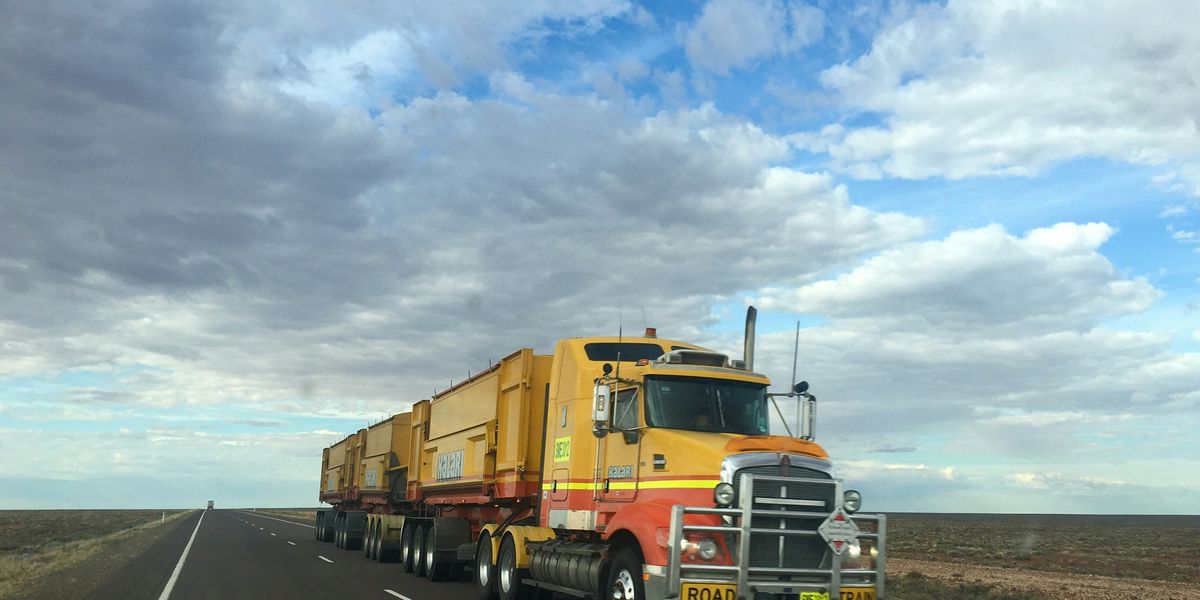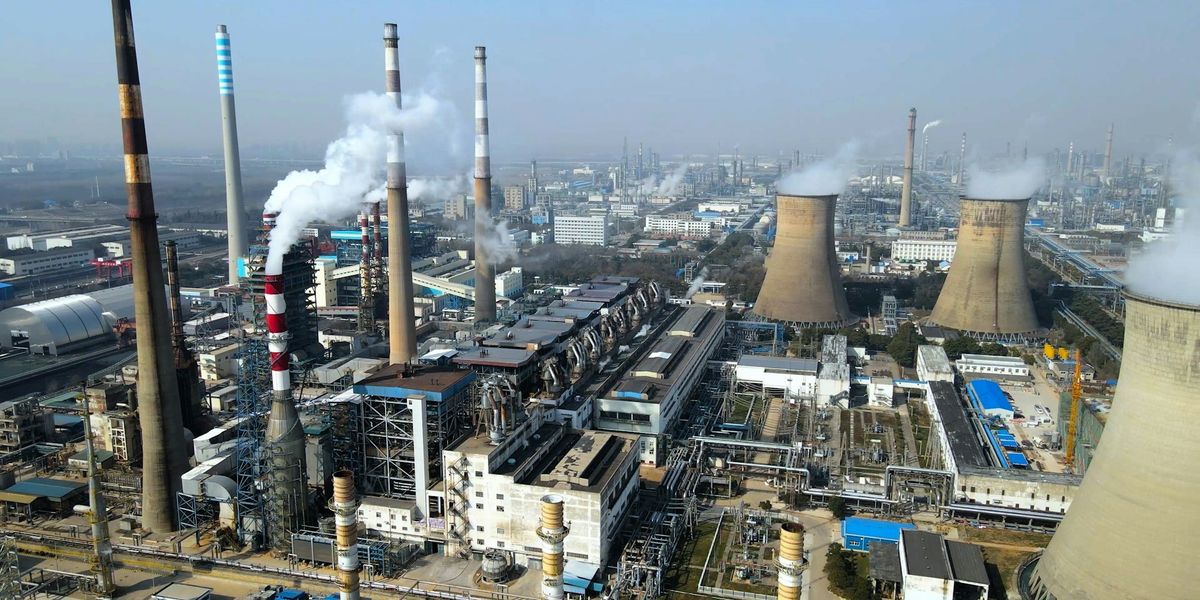redlining
Denver's minority neighborhoods face higher air pollution levels
A recent study highlights the disproportionate impact of air pollution on communities of color in Denver.
In short:
- The study identifies Denver neighborhoods like Globeville, Argo, Elyria-Swansea, and Chaffee Park as the most polluted.
- It reveals a pattern of environmental inequality, with higher pollution levels in areas predominantly inhabited by minorities. Transportation infrastructure, like highways constructed through or near such communities, were among the pollution sources.
- This situation echoes historical redlining practices, now manifested in environmental terms.
Key quote:
“Every city has a story of why people live where they do, and that affects who is affected most by pollution."
— Alex Bradley, chemistry graduate student at the University of Colorado Boulder
Why this matters:
It's not just about air quality; it's about how historical and systemic inequalities continue to impact health outcomes in minority communities. For example, redlining, a discriminatory policy from the 1930s, has led to a disproportionate concentration of oil and gas wells in neighborhoods that were redlined -- making this a climate justice issue.
In Miami, it’s no coincidence marginalized neighborhoods are hotter
New research suggests the problem traces to a historical federal program that was turned against those who needed it most, through a practice known as redlining.
Q&A: Heather McTeer Toney reflects on the ongoing struggle for environmental justice in America
McTeer’s new book is “Before the Streetlights Come On: Black America’s Urgent Call for Climate Solutions.” She calls the Black church and its power to move the electorate a “sleeping giant” for environmental action.
West Oakland faces a test: Undoing decades of environmental injustice
How the White House found EJ areas without using race
The White House was widely criticized a year ago for not using racial demographics to identify disadvantaged communities that would be targeted for extra climate aid. But the colorblind approach has succeeded at prioritizing minority neighborhoods, an E&E News analysis shows.
Citizen scientists map urban heat down to the block level
Podcast: The Climate Divide
Redlining and other forms of housing discrimination have led to a lack of green spaces in some D.C. neighborhoods, and these densely populated urban blocks can be as much as 20 degrees warmer than historically wealthier and more bucolic wards in the District.


















